Decade Success: Yunnan fulfills leap-frog growth over the years
Since the 18th National Congress of the Communist Party of China in 2012, Yunnan province has written a brand new chapter of leap-frog development through working hard.
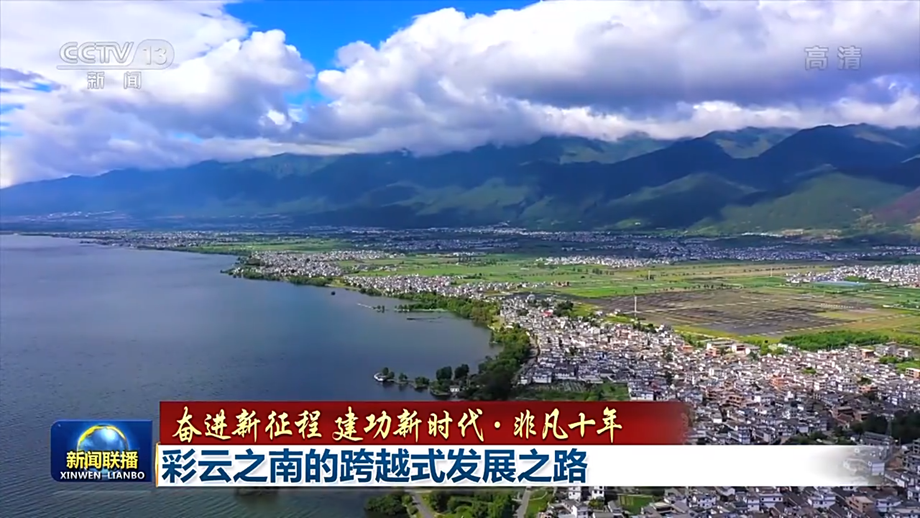
Located in southwest China, Yunnan houses the largest number of ethnic minorities among the Chinese provinces. By accelerating the development of ethnic areas, the province has allowed fruits of reform and opening-up to benefit people of all ethnic groups.
The management has fully adapted to local conditions, making sensible policies and utmost efforts to get rid of poverty. In 2020, Yunnan resolved the problem of absolute poverty, with 9.33 million rural poor people bidding farewell to poverty, and 11 ethnic groups with lesser populations were lifted out of poverty.
“For centuries, our forefathers lived in shabby houses built out of earth, bricks and tiles. Over the past decade, the villagers’ per capita income has increased from 1,000 yuan to over 16,000 yuan,” said Fan Shijun, Party secretary of the Dahuangtian village in southwest Yunnan’s Shuangjiang county.
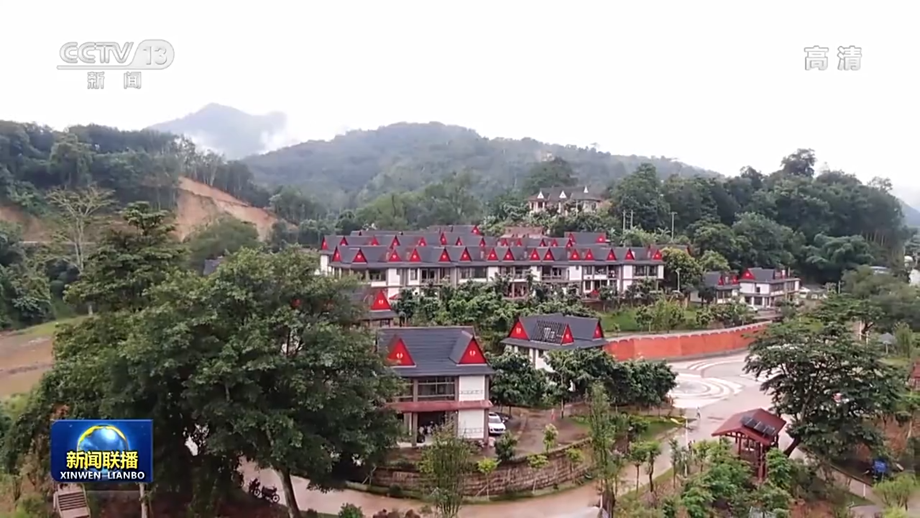
The per capita disposable income of farmers in poverty-stricken areas in Yunnan has grown by 10.6% annually in the past ten years, and the economy of ethnic areas has increased by 9.5% annually, well above the provincial average.
As the eco-environment was protected in an all-round way, the ratio of fine-air days in 16 Yunnan prefectures/cities has remained above 98%, and the proportion of clear water bodies in the province has reached 89.6%, an increase of 34.5% in ten years.
“Now the water in Dianchi Lake is clearer, the vegetation grows better, and the rare bird of glossy ibis comes into sight again,” said Li Jiming, a native of central Yunnan’s Kunming city.
In the past ten years, 90% of typical ecosystems and 85% of major species in Yunnan province have been well protected, the quality of ecosystems has improved, and the eco-shield in southwest China is now stronger.
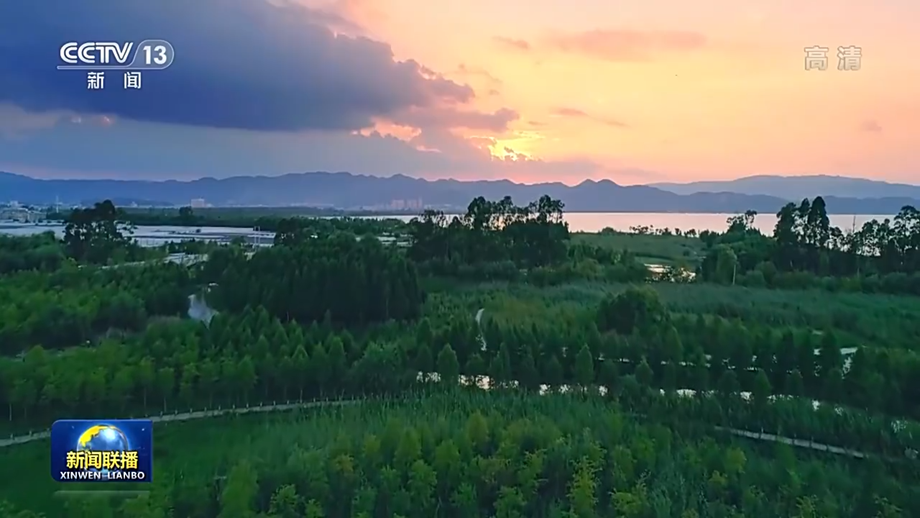
A number of world-class hydropower stations such as Wudongde and Baihetan have been put into operation, and green energy has become the top industry in Yunnan, with an installed capacity of over 95 million kilowatts.
The mileage of Yunnan expressways has exceeded 10,000 kilometers, ranking second in China; the railway mileage is over 5,000 kilometers, of which 1,064 kilometers belong to the high-speed railway. Relying on China-Laos, China-Vietnam and China-Myanmar international railways, a regional railway hub was basically formed in the past ten years.
The total volume of provincial foreign trade has increased from USD 21.014 billion in 2012 to USD 48.659 billion in 2021.
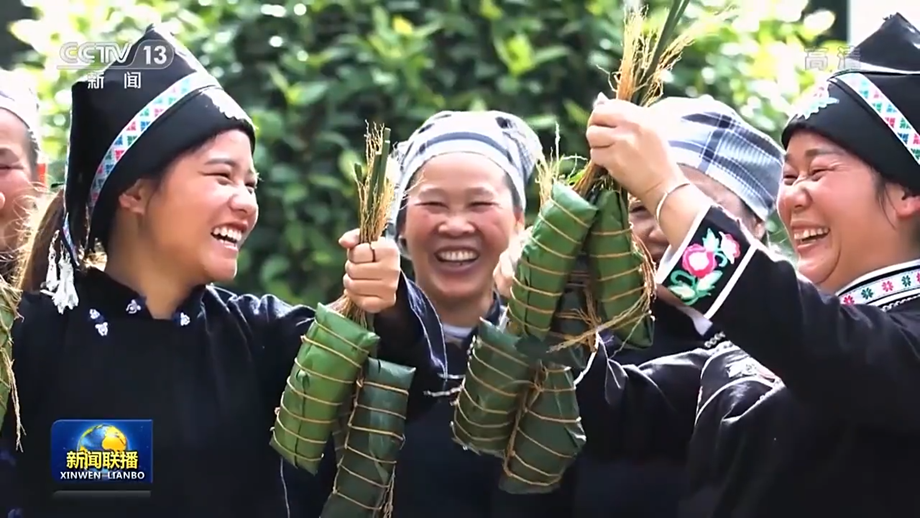
The province designated 11 prefectures/cities, 33 counties and 51 entities as examples for ethnic unity and progress, with the numbers ranking first among the Chinese provinces.
Yunnan GDP reached 2.71 trillion yuan in 2021, 2.46 times more than that of 2012. The per capita disposable incomes of urban and rural residents have doubled those in 2012, reaching 40,000 yuan and 14,000 yuan respectively.
“In the years to come, the province aims to be China's example for ethnic unity and progress, pacesetter of ecological progress, and pivot of opening-up to south and southeast Asia,” said Xu Dong, member of the Party panel at Yunnan Development and Reform Commission.
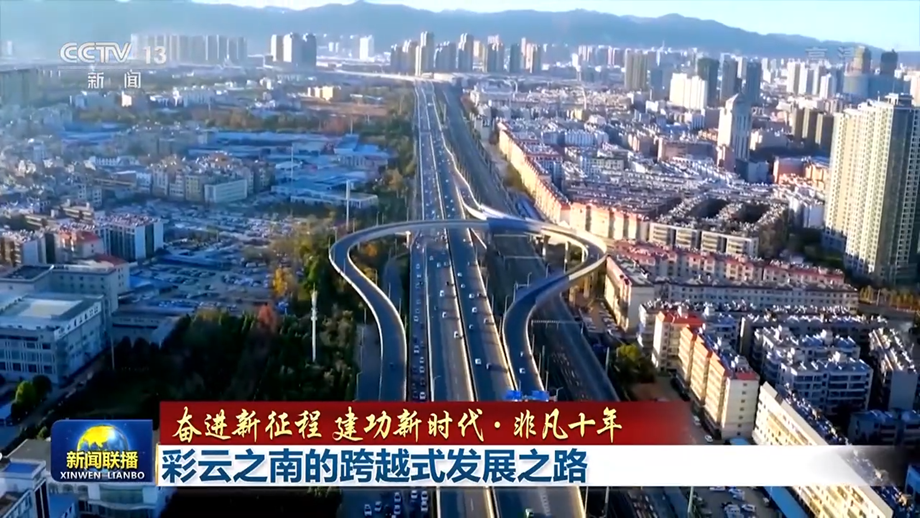
Source: CCTV; Trans-editing by Wang Shixue